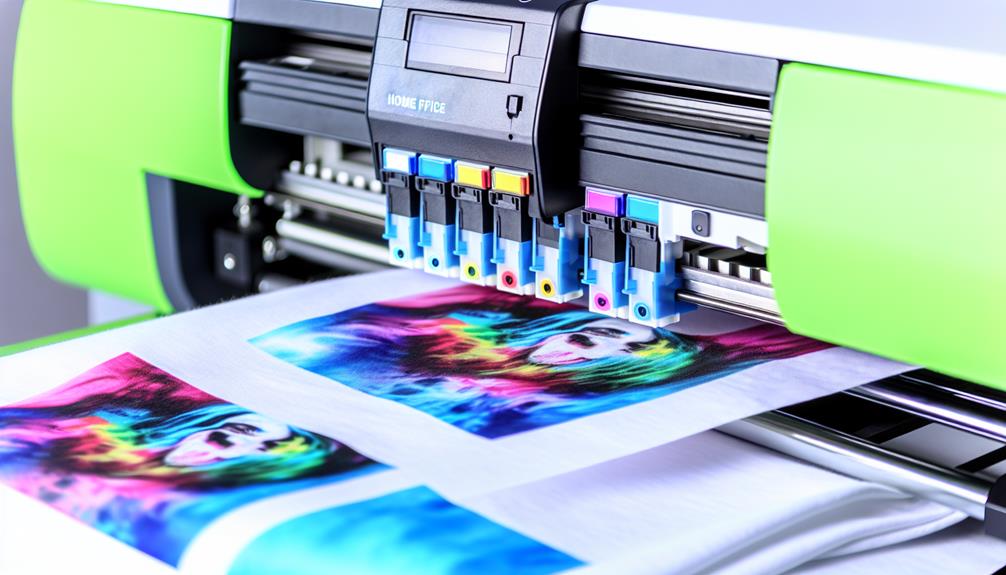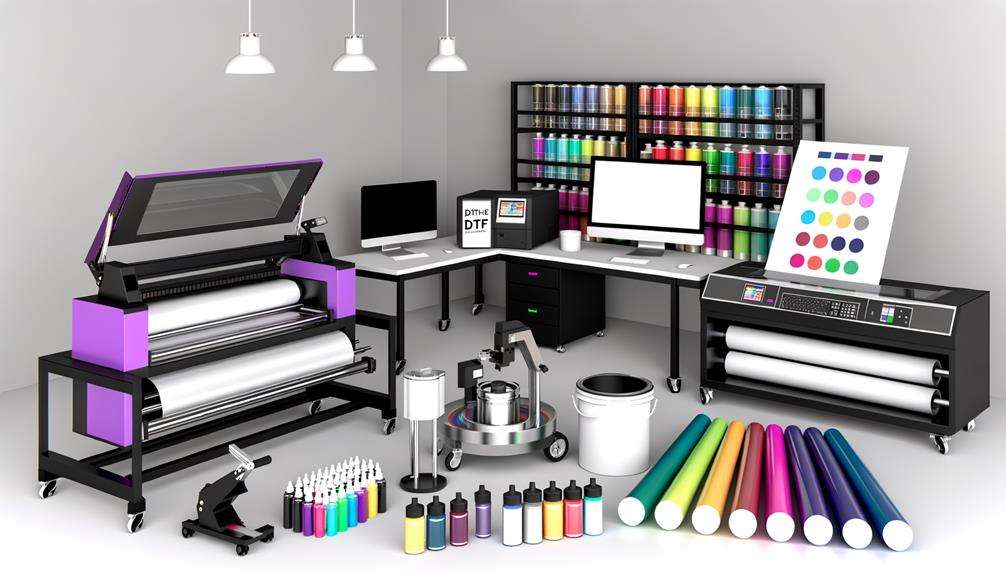
Professional Tips for Designing Effective Custom DTF Graphics
Introduction: The Rise of DTF Printing
In the world of custom apparel and graphic design, Direct to Film (DTF) printing has emerged as a game-changer. This innovative technology allows for vibrant, high-quality prints that can be transferred onto various fabrics with ease. As more businesses and individuals seek to create unique designs, understanding how to effectively use DTF printing becomes essential. In this comprehensive guide, we’ll delve into professional tips for designing effective custom DTF graphics that not only stand out but also resonate with your target audience.
What is DTF Printing?
DTF printing, or Direct to Film printing, involves a process where designs are printed onto a special film using a direct to film printer. Once printed, these designs are then transferred onto fabric through heat press technology. This method is gaining popularity due to its versatility, allowing for intricate designs and vibrant colors that remain durable over time.
Why Choose DTF Transfers?
Understanding the Basics of DTF Printing
How Does DTF Transfer Work?
The process begins with creating a digital design that is then printed onto a specialized film using a direct to film printer. After printing, the design is covered with a powder adhesive which is melted during the heat transfer process. This method ensures that the ink adheres correctly to the fabric.
Essential Equipment for DTF Printing
To get started with creating your own custom DTF graphics, you'll need:

- A quality direct-to-film printer
- Heat press machine
- Transfer films
- Adhesive powders
- Design software
Professional Tips for Designing Effective Custom DTF Graphics
Creating stunning custom designs requires careful thought and planning. Here are some professional tips you should consider:
1. Start with High-Quality Graphics
When designing for DTF prints, always begin with high-resolution images or vector graphics. This ensures clarity and detail in your final product.
2. Use Appropriate Color Profiles
Utilize CMYK color profiles when designing your artwork as this aligns closely with the printing process used in DTF transfers.

3. Consider Fabric Types
Different fabrics react differently to inks; therefore, knowing the type of material you will print on can help you optimize your design's colors and details.
4. Create Layered Designs
Layering allows you to manage colors effectively while maintaining depth in your graphics.
5. Test Your Designs First
Before going into full production, conduct test prints on similar fabric types to ensure your design translates well onto the material.
6. Emphasize Contrast and Readability
Make sure text is legible by using contrasting colors between text and background elements in your design.
Design Techniques for Successful Custom DTF Prints
7. Leverage Typography Wisely
Using unique typography can elevate your designs significantly:
- Choose fonts that align with your brand identity.
- Avoid overly decorative fonts which may hinder readability.
8. Implement Gradients Effectively
Gradients can add depth but use them sparingly; too many gradients can muddy your design when printed on fabric.
9. Maintain Simplicity in Design Elements
Sometimes less is more! Simple, clean designs often translate better into vibrant prints rather than overcrowded graphics.
Optimizing Your Artwork for Printing Success
10. Convert Text to Outlines/Paths
This practice ensures that any font used will DTF transfer sheets appear correctly in print regardless of whether it’s installed on other devices or not.
11. Set Proper Bleeds and Margins
Set appropriate bleed areas in your artwork files so there’s no white space left after cutting the transfer.
12. Use Gang Sheet Techniques Wisely
Gang sheets allow multiple designs to be printed together on one sheet—this can save time and resources during production!
Exploring Advanced Graphic Design Tips for Effective Customization
13. Incorporate Visual Hierarchy in Your Layouts
Guide viewers’ eyes through your design by creating focal points through size contrast or color differentiation.
14. Utilize Mockups Effectively
Creating realistic mockups helps visualize how final products will look—use these as marketing tools before production even begins!
Understanding Different Types of Transfers Available in DTF Printing
15. UV DTF Transfers Explained
UV DTF transfers utilize ultraviolet light during curing which enhances durability against various environmental factors while ensuring vibrant colors remain intact over time.
The Advantages of Using Professional Services for Custom Designs
16 .Professional DFT Services Can Save Time
Using expert services provides access to advanced equipment that might otherwise be unavailable—allowing faster turnaround times without sacrificing quality!
Choosing the Best Equipment for Custom Graphic Design
17 .Selecting The Best Direct-to-Film Printer
Investing in high-quality printers ensures better results overall; research brands known within industry circles before purchasing!
Pricing Strategies When Offering Custom Designs
Marketing Your Custom Designs Effectively
Common Mistakes To Avoid When Designing For DTG Prints
FAQs Related To Designing Effective Custom DTG Graphics
1) What file formats are best suited for DTG printing?
Vector files like SVG or AI are most recommended due their scalability without loss of quality.
2) Can I use photographic images?
Yes! Just ensure they’re high resolution (300 DPI) before preparing them as artwork assets.
3) Is direct film transfer durable?
Absolutely! When done correctly durability lasts longer compared traditional methods such vinyl cutting etc..
4) Which brands offer reliable direct-to-film printers?
Brands such as Epson & Roland have established reputations within graphic designing community providing excellent performance products!
5) How long does it take from design creation until delivery?
Timeframes vary based upon complexity however generally expect around 2 weeks depending on workload & custom clothing transfers responsiveness from clients!.
6) Are there eco-friendly options available regarding materials used?

Yes! Look out specifically DTF transfer printing biodegradable films & inks offered by several suppliers nowadays!.
Conclusion: Mastering Custom DTG Graphics Design Takes Practice!
In conclusion mastering effective custom graphic designs utilizing techniques outlined above empowers individuals/businesses alike drive their visions forward successfully!. By following these professional tips along side leveraging appropriate technology available today anyone looking into starting journey within realm customizing apparel/products find themselves equipped navigate challenges ahead confidently!.
https://s3.us-east-005.backblazeb2.com/pandablogs/eazydtf/uncategorized/direct-to-film-solutions-for-sustainable-and-eco-friendly-products837204.htmlThis comprehensive guide serves as an invaluable resource toward developing expertise necessary succeed field designing impactful visuals ensuring growth sustainability future endeavors!.